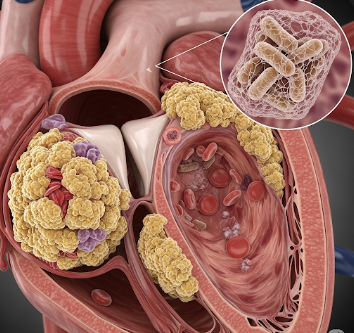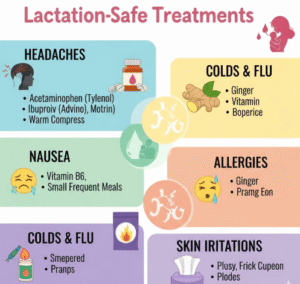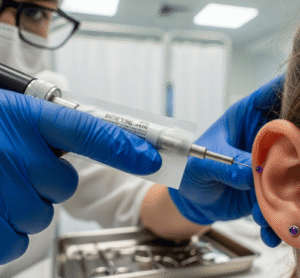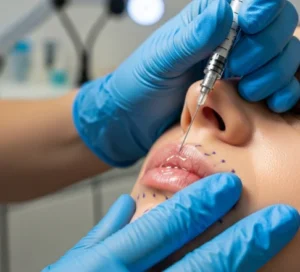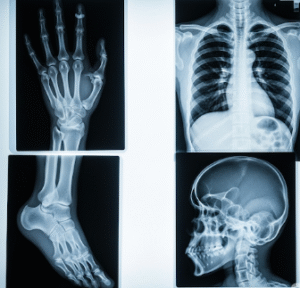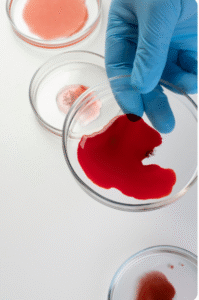Overview
Bacterial endocarditis, also known as infective endocarditis, is a serious infection of the inner lining of the heart (endocardium) and heart valves caused by bacteria entering the bloodstream. This infection can damage heart valves, disrupt blood flow, and lead to life-threatening complications if not treated promptly. While bacterial endocarditis is relatively rare, it requires immediate medical intervention because it can progress rapidly. In Korea, patients benefit from highly advanced diagnostic tools, specialized cardiology and infectious disease departments, and world-class cardiac surgery facilities. Korean hospitals follow strict treatment protocols that combine targeted antibiotic therapy with surgical intervention when necessary, helping patients recover with minimal long-term damage.
What is Bacterial Endocarditis?
Bacterial endocarditis occurs when bacteria from another part of the body enter the bloodstream and attach to damaged areas of the heart or heart valves. These bacteria form clumps called vegetations, which are composed of bacteria, immune cells, and blood clots. These vegetations can damage the heart valves, impair their ability to function, and release bacteria into the blood, causing systemic infection. The most common bacteria causing endocarditis are Streptococcus species, Staphylococcus aureus, and Enterococcus species. Individuals with pre-existing heart conditions, artificial heart valves, or previous heart surgeries are at higher risk of developing the disease.
Symptoms
Bacterial endocarditis can present with a wide range of symptoms, some of which develop slowly over weeks (subacute form) and others that appear suddenly and progress quickly (acute form). Common symptoms include:
- Persistent fever and chills
- Fatigue and weakness
- Night sweats
- Shortness of breath
- Chest pain, especially when breathing deeply
- Swelling in the legs, feet, or abdomen
- Unexplained weight loss
- Heart murmurs (new or changing)
- Small skin spots or rashes caused by tiny blood clots (petechiae)
- Painful red or purple spots under the skin of fingers or toes (Osler’s nodes)
- Flat, painless spots on the palms or soles (Janeway lesions)
Causes
Bacterial endocarditis happens when bacteria enter the bloodstream and settle in the heart lining or valves. The most common sources of bacteria include:
- Dental procedures – bacteria from the mouth can enter the bloodstream during tooth extractions or gum treatments
- Skin infections or wounds – especially if untreated or severe
- Intravenous drug use – contaminated needles can introduce bacteria directly into the blood
- Invasive medical procedures – such as catheter insertions or surgeries
- Respiratory or urinary tract infections – that spread into the blood
- Poor dental hygiene – increasing the risk of gum disease and bacteremia
Risk Factors
Certain individuals have a much higher risk of bacterial endocarditis:
- People with artificial heart valves
- Those with a history of endocarditis
- Patients with congenital heart defects
- Individuals with damaged heart valves from rheumatic fever or other conditions
- People with implanted cardiac devices like pacemakers
- Intravenous drug users
- Patients with weakened immune systems due to HIV, cancer treatments, or chronic illnesses
Complications
If bacterial endocarditis is not treated quickly, it can cause severe and sometimes irreversible damage, including:
- Permanent damage to heart valves
- Heart failure due to valve dysfunction
- Stroke caused by blood clots or fragments of vegetations traveling to the brain
- Kidney damage from immune system reactions or blocked blood flow
- Abscess formation in the heart or other organs
- Sepsis, a life-threatening systemic infection
- Death in severe untreated cases
Prevention
Preventing bacterial endocarditis focuses on reducing bacterial entry into the bloodstream and protecting high-risk individuals:
- Maintain excellent oral hygiene and have regular dental checkups
- Treat skin wounds and infections promptly
- Avoid sharing needles or injection equipment
- Follow antibiotic prophylaxis guidelines before certain medical or dental procedures if you are in a high-risk group
- Manage chronic illnesses to keep the immune system strong
- Use sterile techniques during all medical procedures
Treatment Options in Korea
Korean hospitals treat bacterial endocarditis with an integrated approach that combines precise diagnostics, targeted antibiotics, and surgical intervention when necessary.
1. Diagnosis
Early and accurate diagnosis is essential for effective treatment. In Korea, cardiology centers use:
- Blood cultures – taken multiple times to identify the bacteria causing the infection
- Echocardiography – especially transesophageal echocardiography (TEE) to detect vegetations on heart valves
- Electrocardiograms (ECG) – to monitor heart rhythm changes
- MRI or CT scans – to detect complications like stroke or organ damage
- Blood tests – to check for inflammation markers like ESR and CRP
2. Medical Treatments
- Intravenous antibiotics – high-dose, prolonged antibiotic therapy lasting 4–6 weeks, tailored to the bacteria identified in cultures
- Combination antibiotic therapy – for resistant bacteria such as MRSA or multi-drug resistant Enterococcus
- Monitoring for complications – with frequent blood tests and heart imaging
3. Surgical Treatment
In some cases, surgery is necessary, particularly if:
- Heart valves are severely damaged
- Vegetations are large and at risk of causing embolism
- Heart failure develops due to valve dysfunction
- There is persistent infection despite antibiotics
- Prosthetic valves are infected
Korea’s leading cardiac surgery centers perform:
- Valve repair – preferred when possible to preserve natural heart function
- Valve replacement – using mechanical or biological prostheses
- Abscess drainage – in cases of localized heart tissue infection
4. Rehabilitation and Long-Term Care
After initial treatment, Korean hospitals provide comprehensive follow-up care to prevent recurrence and ensure heart health:
- Cardiac rehabilitation programs with supervised exercise
- Nutritional counseling for heart-friendly diets
- Regular echocardiography to monitor valve function
- Education on infection prevention and recognizing early symptoms
5. Medical Tourism and Global Patients
Many international patients choose Korea for bacterial endocarditis treatment due to its advanced diagnostic technology, highly skilled cardiac surgeons, and efficient infection control systems. Hospitals in Seoul, Incheon, and Busan offer specialized cardiology centers equipped with state-of-the-art imaging and surgical facilities, ensuring both local and international patients receive the highest standard of care.

